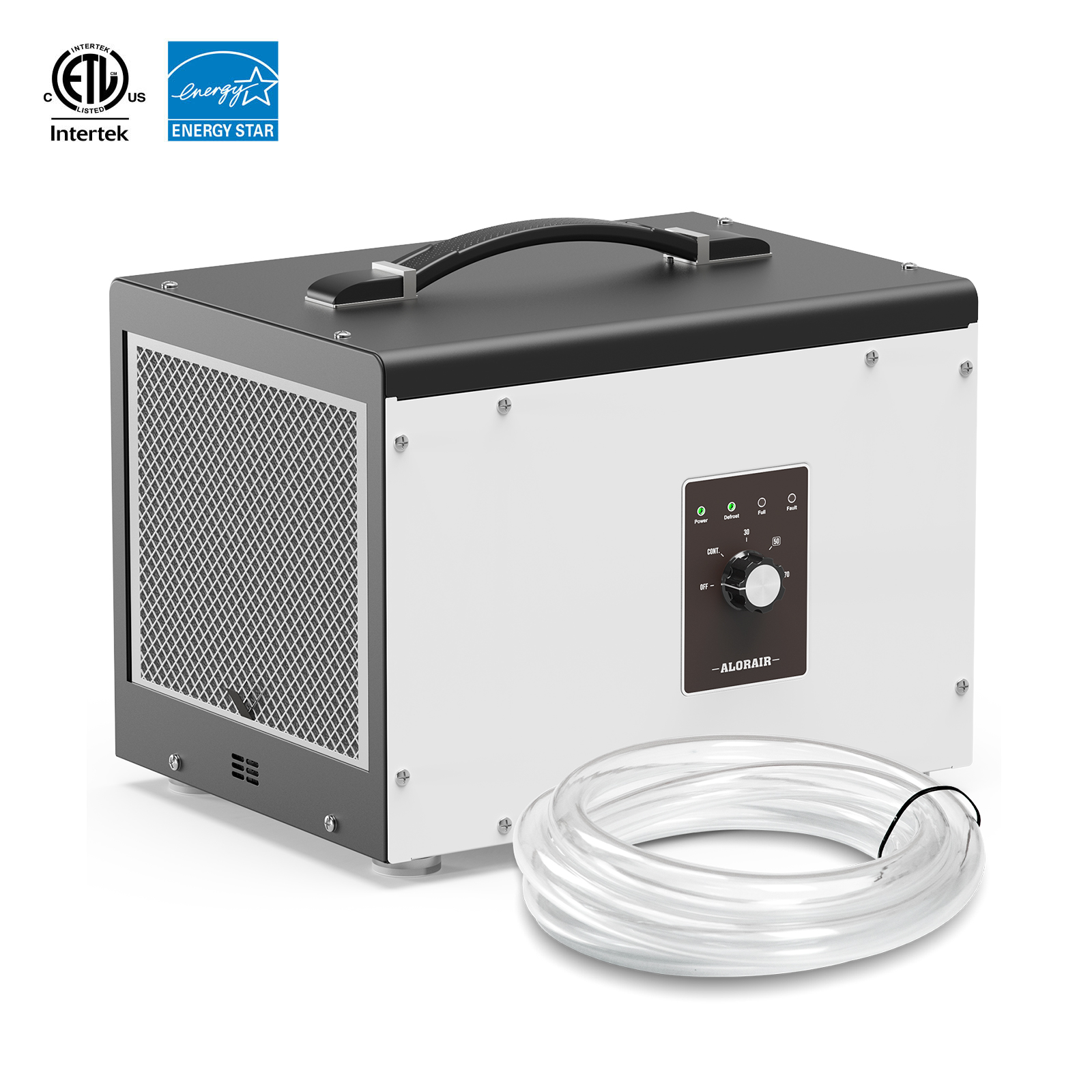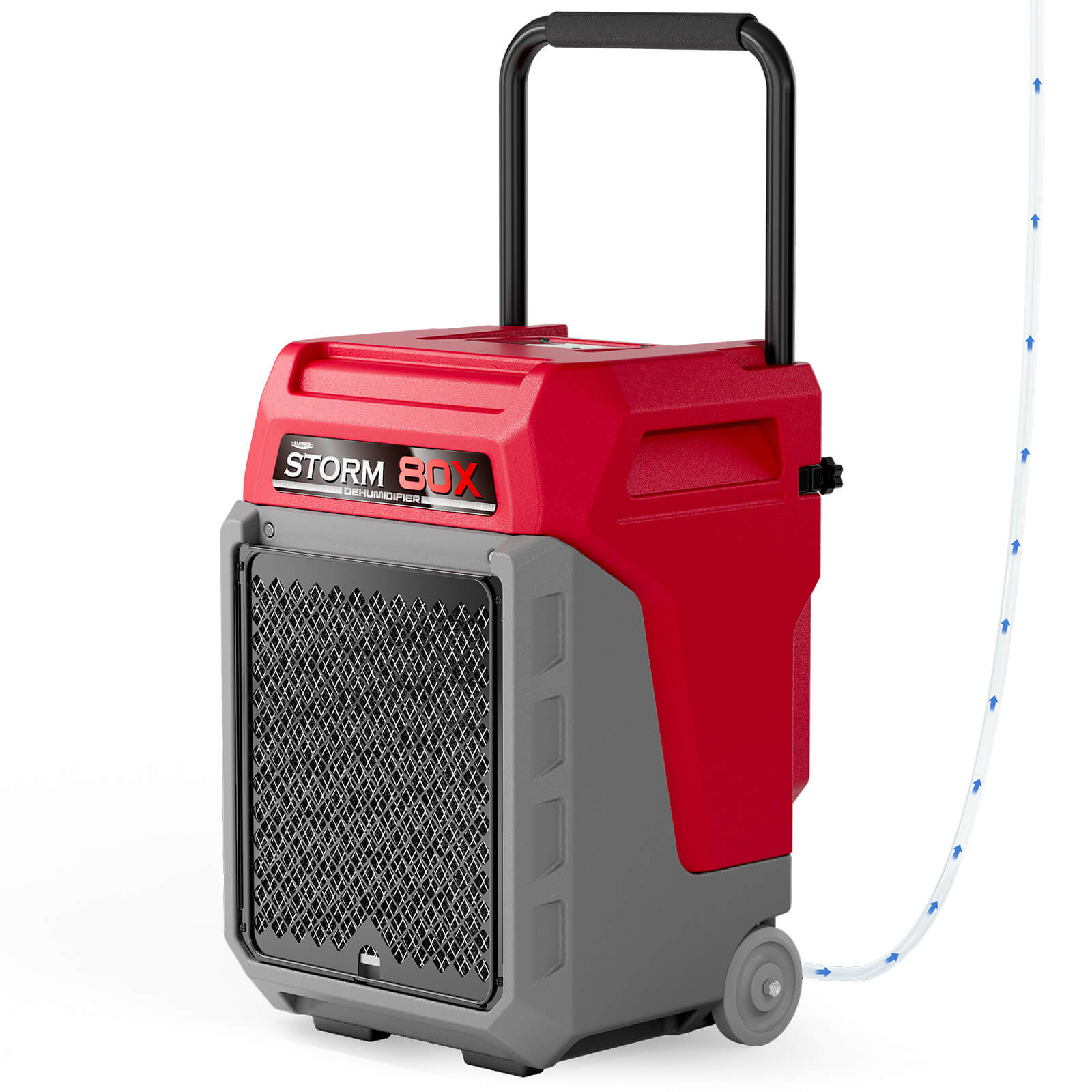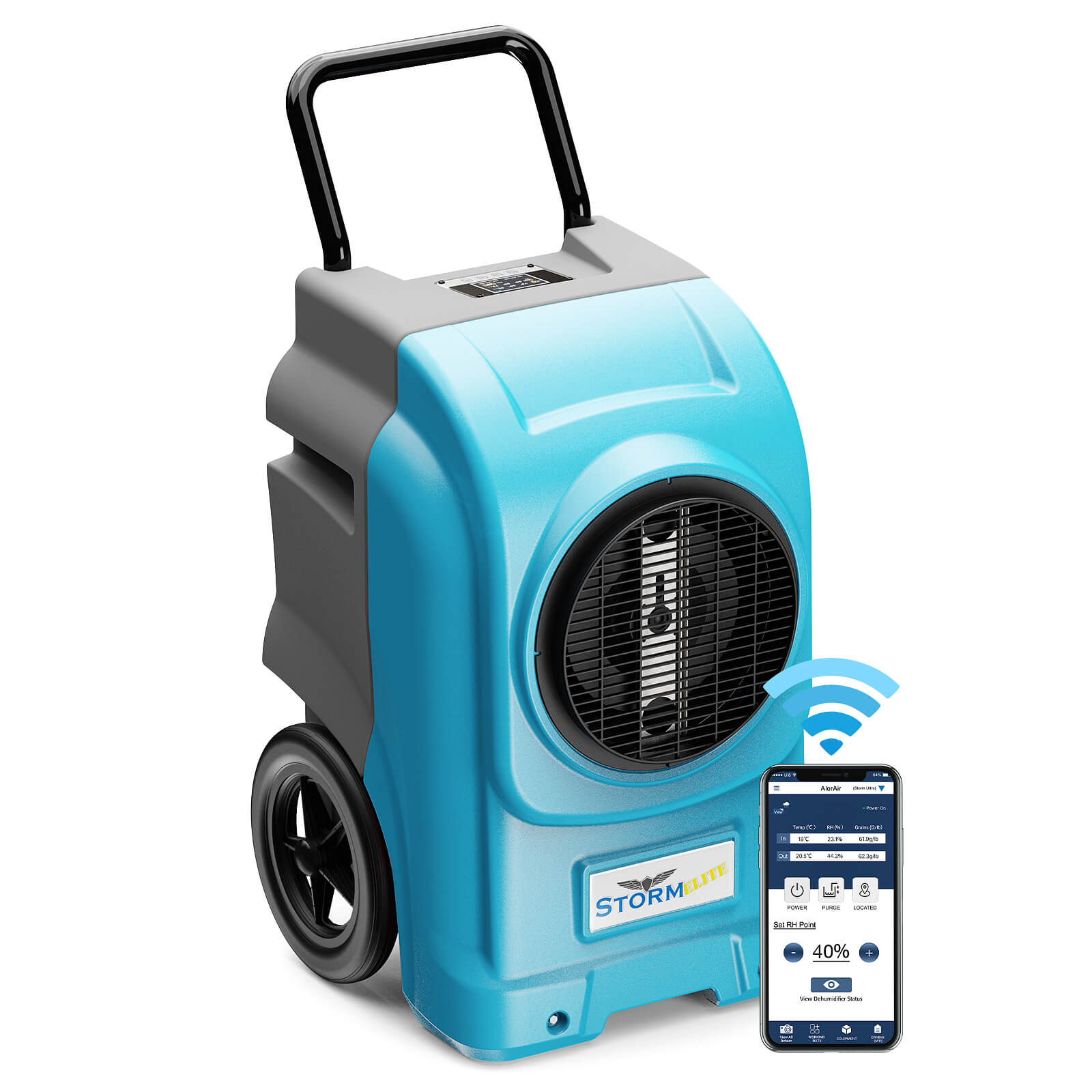Have you ever wondered why that foul smell still lingers around your home despite using all the air fresheners you can think of? Wonder no more, for our capes are up are we are here to tell you that your problems can be solved.
Odor control has been likened to a three-headed hydra that refuses to die no matter what you do. An odor basically means a smell, and it can be fragrant or offensive. Bad odor includes a range of smells that can be pungent, unpleasant, nauseating. No one likes bad odor and as humans, we like pleasant things we want to be in a home that has a refreshing smell (if that is your thing). Too bad, not everyone can boast of this beautiful fantasy because day and night they are tormented by the terrors of pungencies that they never know where it is coming from and they are forced to live through this harrowing experience every day of their life, well until now! In other to change your predicament, you would need to read carefully, listen, and then practice on how you can effect changes and kick bad odor out of your home for good.
Over 50% of homes suffer from these unpleasant lingering odors and most air quality complaints in the home are about odors. Although individual reactions to odor may vary, for instance, some can find some air fresheners pleasant while others can find that same odor unbearable. Common ground can be reached in the most frequently reported reasons why bad odor occurs in some homes have been simplified to include the following.
- Overflowing or stinky disposal bins
- Messy bathrooms and toilet
- Spoilt food
- Moldy and musty– seen in poorly aerated housing.
- Sewage
- Gas Leaks
- Pet Odor
- Cleaning chemicals
- Pesticide
All these have been classified as type A unbearable and some individuals have gone ahead to experience certain immediate – long term effects that can be directly or indirectly linked to poor odor management. Several complaints about eye irritations, lung and throat irritations such as wheezing, coughing, and even breathing problems. Others have gone on to list out headaches, dizziness, and nausea. Prolonged exposure to it increases their anxiety and stress levels, causing annoyance, discomfort, and a reduction in the quality of life of the homeowner.
To get rid of these unwelcome guests in your home, necessary and vigorous steps have to be taken to curtail their reign in your abode, as they would not need your permission to affect you negatively.
Step 1: Identify the odor and eliminate it
Different smells are peculiar to different substances. For example, paint, a musty room, and many more. Your best bet is to find the source and remove it, because if this is not done, no matter the number of air fresheners used, without the offensive product removed, the smell will linger and could get worse. It is not just enough to remove the offensive agent, there is also a need to remove items that can absorb the smell, like stored clothes, stuffed animals, and many more. They soak up the bad odor like a sponge and tend to frustrate your deodorizing process. If the odor is absorbed by furnishing materials, as well as building materials and contents, remediation or replacement of these materials may need to be done, unless odor problems are resolved.
Step 2: Aeration/Ventilation
Opening windows and doors helps increase the circulation of fresh air and sunlight into a home, thereby reducing odor. For a musty room, it is important to know where the moisture comes from, remove it or seal it off, then proceed to aerate the room instead of applying air fresheners, spraying scented candles, and wasting your money which at the end of the day, the mustiness would overcome.
Step 3: Odor specific cleaning
Depending on the cause of the foul smell, different approaches should be taken from here on out. For bacteria causing the odor, sewage, stinky waste bins, dirty toilets. You would need to disinfect and clean by the application of cleaning products like detergents. One of the cheapest and common inorganic agents that have been used to deodorize, neutralize hazardous pollutants is sodium hypochlorite (household bleach) but should be used and kept cautiously as it has its own harmful effects.
Step 4: Absorb odor
To go about this, you would need a substance that can trap the odor and bind it in a particular place. The best agent employed for this task is baking soda, charcoal. These solid materials capture the airborne odor molecules. Baking powder has been applied in situations like a stinky garbage can, lingering fishy aroma, messy toilet, and bathrooms, while charcoal has been applied to deodorize a messy kitty litter box.
Step 5: Neutralize the odor
This process involves the chemical altering of bad odor by encapsulating them. The products that neutralize are called odor counteractants. Essential oils can be used here, for example, tea tree oil, they form a thin charged film around each odor droplet. The odor molecules are attracted to the film, the film traps the droplets and neutralizes them.
Step 6: Conceal the odor
This is commonly the first step taken by most homeowners in odor control, however, it should be the last step. Here, the odor is replaced by a rather pleasant smell from deodorizers, scented candles, and air fresheners which are commonly used. Individual specific scents are opted for and it is usually advised that they should be used in moderation and not over-applied because too much can cause the manifestation of respiratory symptoms, eye irritation even headache, and nausea.
When faced with a persistent and toxic odor like sewage, gas leaks, do not wait to do it yourself. Reach out to professionals for help as cleaning out might cause more harm than good.
There you have it, the power to combat bad odor and the step by step guide to securing your home from its unpleasantness. Although the above deals with what next after odor has been detected, there is also room for prevention of bad odor from happening. You can start by taking out the trash on time, cleaning food spills, opening the windows to let the sunlight in, cleaning your bathroom promptly and not waiting till it smells, cleaning out the refrigerator, and many more. These subtle acts would go a long in keeping your home fresh and clean.









.jpg)
.jpg)

.jpg)
.jpg)
.HDi90.png)
.HD90.png)



.jpg)






.jpg)
.jpg)
.jpg)





.jpg)
.jpg)











.jpg)
.jpg)








.jpg)
.jpg)












.jpg)
.jpg)
.jpg)
.jpg)
.jpg)
.jpg)
.jpg)
.jpg)
.jpg)
.jpg)
.jpg)
.jpg)
.jpg)
.jpg)





.jpg)
.jpg)
















-.jpg)
.jpg)

.jpg)
.jpg)



























 Exclusive offers
promotions
Exclusive offers
promotions

